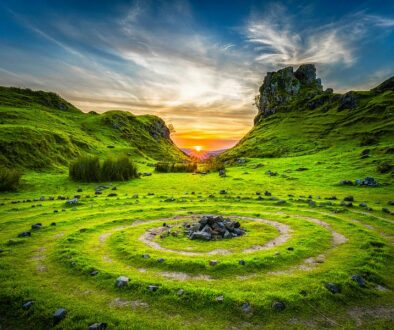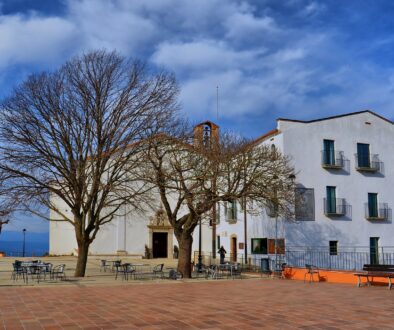The ‘sacredness’ of natural sites and their recovery: Iona, Harris and Govan in Scotland
McIntosh, Alastair2012
Based on diverse experiences of the sacred dimension in wildernesses, this short but rich essay begins by discussing the dichotomy between Western science and the sacred dimension drawing on psychology, neuroscience and consciousness research. It goes on to discuss sacred natural sites and spiritual presence in Hinduism, Christianity, Islam and several indigenous peoples’ traditions, emphasizing that both static and dynamic concepts of sacred natural sites are needed to gain a full understanding of their nature and functions. Three case studies from Scotland are discussed: the Isle of Iona, a well-known natural sacred site, Mt Roineabhal on Isle of Harris, a reactivated, or revitalised sacred natural site, and the Govan in the City of Glasgow, another recreated sacred natural site. The conclusions of the essay relate their findings to previous works by the same author, in particular The Cycle of Belonging (McIntosh 2008) and argue for the need to adopt approaches that include soul, soil and society so that natural sacred sites can help restore the broken relationship between society and nature.
Reference
McIntosh, Alastair. “The ‘sacredness’ of natural sites and their recovery: Iona, Harris and Govan in Scotland”. In: Mallarach, Josep-Maria; Papayannis, Thymio; Väisänen, Rauno (eds.). The Diversity of Sacred Lands in Europe: Proceedings of the Third Workshop of the Delos Initiative – Inari/Aanaar 2010. Gland, Switzerland: IUCN and Vantaa; Finland: Metsähallitus Natural Heritage Services, 2012. 231-243 pp. ISBN: 978-2-8317-1423-3.




